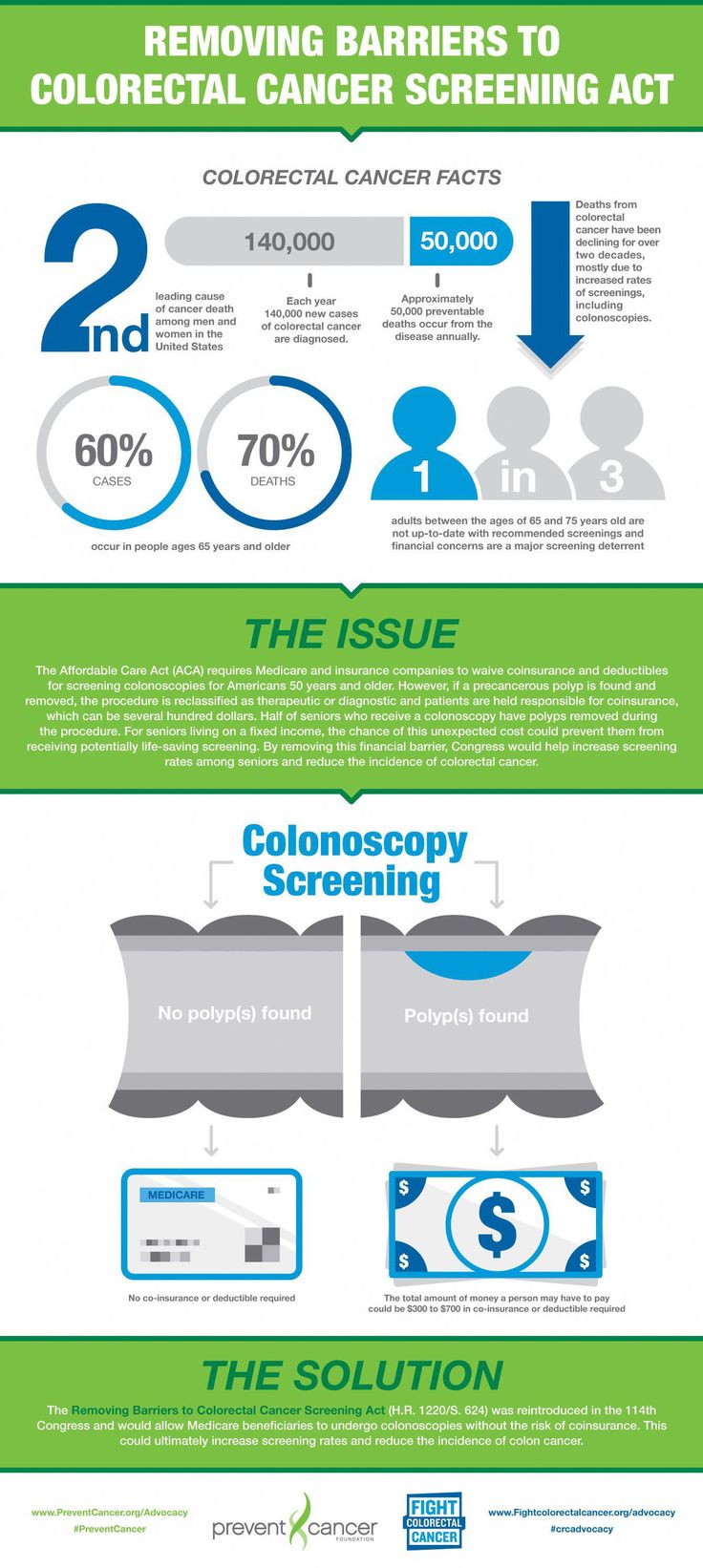Key Steps For Successful Cold Laser Therapy Training
Key Steps For Successful Cold Laser Therapy Training
Blog Article
Scientific Study on the Effectiveness of Cold Laser Technique
Cold laser treatment is a helpful device to aid hurting management and the recovery process. It is commonly used in sporting activities medicine, dermatology and acupuncture.
Cold lasers permeate deep right into tissues and promote chemical modifications without heating them. They minimize inflammation and swelling, speed up cellular task and speed up recovery.
Theoretical History
Unlike the high-intensity lasers that surgeons use to cut through tissue, chilly laser treatment makes use of light-emitting diodes to penetrate into your skin and promote healing. As these photons reach damaged cells, they launch a domino effect that boosts your cells' production of enzymes and accelerates your body's all-natural recovery procedures.
The photons likewise reduce discomfort via the manufacturing of endorphins and enhance your body's ability to drain pipes puffy locations by causing vasodilation (the expansion of capillary). Therefore, it assists you recuperate from musculoskeletal injuries and discomfort quicker.
Lots of people have heard about cool laser treatment from their physical therapist, chiropractic doctor or doctor and might be questioning how it functions. Unlike many laser devices made use of in the medical field, which really heat up cells, our modern devices releases chilly laser light beams that do not create any home heating of your cells. This allows your body to obtain the therapeutic benefits without setting off any side effects.
Clinical Tests
Cold laser treatment is commonly suggested as a treatment option for people that have musculoskeletal pain and injuries. It can be utilized to lower inflammation, strengthen tissues and speed up the body's all-natural recovery procedures.
Non-thermal photons of red and infrared laser radiation are taken in by the light sensitive components in cells and start a boost in intracellular metabolism that increases cell recreation, minimizes inflammation, eliminates edema and reduces healing time.
Unlike the light that is produced by sunshine or common lights, laser light is parallel (all wavelengths traveling parallel), coherent and single. These residential properties enable laser power to permeate deeper right into the tissues.
Several professional trials have actually revealed that LLLT can be effective in lowering pain in the musculoskeletal system. Nonetheless, more properly designed research studies are needed to evaluate the ideal setups for laser irradiation and to determine its efficiency in details conditions, such as oral mucositis in cancer cells patients receiving chemotherapy or radiotherapy, and injury healing (including diabetic person abscess following hammertoe surgical treatment). This Aetna plan notice does not address other uses LLLT, consisting of the treatment of various skin diseases.
Final thoughts
Unlike medical lasers that can destroy tumors or coagulate tissue, chilly laser treatment does not heat the body's cells. Instead, the light promotes your cells to generate adenosine triphosphate, which speeds up the repair work process of hurt cells.
Aetna considers low-level laser (LLL) therapy medically needed for the avoidance of dental mucositis associated with cancer treatment (radiation treatment, radiation treatment, hematopoietic stem cell hair transplant) and non-cancer therapies (such as radiodermal injury, fibromyalgia). Several studies showed that LLT can be efficient in minimizing PU signs and symptoms without adverse effects. However, differences in research study layouts and laser dosimetry made contrast of the outcomes difficult; RCTs with low risk of prejudice are required. Making use of a 660 nm wavelength and higher energy density appears to be a lot more reliable than the various other studied laser wavelengths. This could be because the other wavelengths may stimulate inflammatory processes and trigger even more adverse effects. The result of the sort of laser made use of is additionally vital; the writers recommend that future study concentrate on reviewing various sorts of lasers and their dosages to establish the optimum mix of laser criteria for PU avoidance.
Suggestions
Cold laser treatment is utilized by dental experts to deal with irritated gum tissue, physicians to relieve pain caused by rheumatoid arthritis, and physical therapists to speed up the recovery of muscular tissue, ligament, and ligament injuries. Numerous medical insurance coverage plans cover this treatment.
Unlike hot lasers, which have a thermal result on cells, chilly lasers (likewise called low-level lasers) promote the cellular energy of the skin. Photons from the laser light pass through right into the cell, causing a collection of chemical modifications that promotes regeneration and lowers swelling.
In order to work, lasers need to be correctly setup and used. This is why it is not advisable to buy a low-cost non-prescription laser device and try to treat yourself at home. A skilled practitioner is required to guarantee that the gadget is utilized appropriately to decrease the threat of eye laser for quitting smoking near me injury and optimize its performance. The laser tool must be adjusted to the correct setting, intensity, frequency, and position of the laser on the treatment area.